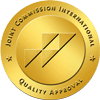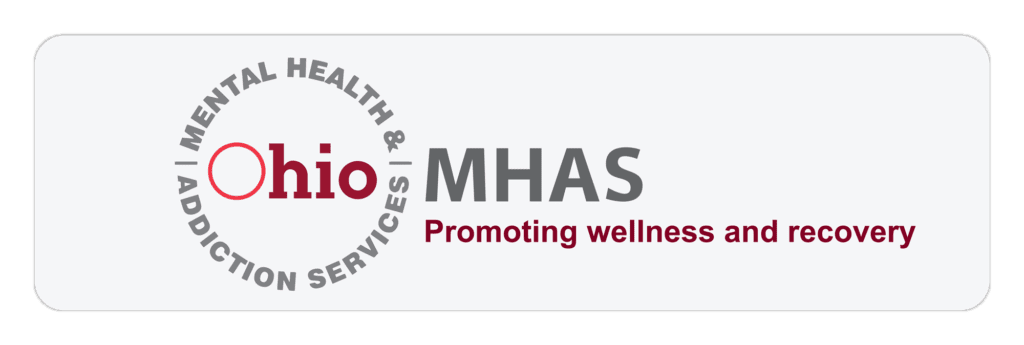Treating addiction is not a one-size-fits-all approach. In order to be effective, the program must be tailored to the needs of the patient, their socioeconomic story, and even their drug of choice. Cookie cutter solutions tossed together with little thought to the patient’s individuality rarely work; more often, they put the patient at constant risk for relapse, overdose, or even death.
Still, experts do believe certain treatment options are more effective than others, especially in early recovery. These tried-and-tested methods include residential treatment programs and intensive outpatient programs (IOPs). Residential treatment focuses on bringing patients into a protective environment with constant support and care, while an IOP is comprised on the need for long-term stays by providing constant daily monitoring and support from a distance.
Choosing a Game-Changing Addiction Treatment Program
As more and more people seek treatment for substance abuse every year, the need for increased access to residential treatment and IOPs continue to rise. But which, if any, of these options is most effective?
Unsurprisingly, the answer to this important question also relies heavily on the patient and their unique addiction recovery story. However, it is important to know the differences between each option, the advantages and disadvantages of each approach, and how these two approaches might affect your recovery before you decide on a path.
In the next few sections, we’ll break down the facts on residential treatment and IOPs. Just remember that you should always choose a program based on what you need most, not what’s most convenient. Don’t be afraid to speak with a counselor if you aren’t sure – addiction can restrict the ability to be objective, especially when you’re struggling at rock bottom.
Help is out there.
Residential Treatment/Inpatient Rehab
Residential treatment, or inpatient rehab, focuses on bringing addicts into a safe, sober environment with almost constant access to in-person support. Participants are almost always required to stay in the facility for a significant period of time – usually between 30 and 90 days.
Some extended sober living facilities allow for a much, much longer stay of up to a year or longer, while others eventually transition addicts into halfway houses and other sober living environments. Both approaches reaffirm the addict’s long-term connection to the recovery community, which can lower relapse rates.
In residential treatment, addicts undergo mental and physical monitoring around the clock, especially in early detoxification. Medical care teams provide on-the-spot medical intervention, counseling, therapy, and even just a kind listening ear when the withdrawal process is most intense. Because the person is removed from the environment in which they normally use, and the stressors of everyday life, they are much more likely to stick with treatment and follow through.
Advantages and Disadvantages
Although residential treatment facilities have strict rules and guidelines in place to protect vulnerable patients, even the most rigid programs have distinct benefits. Patient monitoring prevents patients from falling victim to cravings, while in-house counseling services and maintenance medications ensure the addict has access to support on the spot. This can be the difference between sticking it out and leaving treatment early, especially for physically-addictive drugs.
The need to commit to such an invasive treatment program may be too much for some addicts, especially if they aren’t ready to commit or don’t feel they have a problem. Similarly, the option may be unattainable for single parents, people who care for other individuals, and anyone who cannot, for whatever reason, move into a facility for any extended period of time.
Intensive Outpatient Programs (IOPs)
Intensive outpatient programs (IOPs) provide many of the same benefits as residential treatment facilities, but program offerings are entirely provided on an outpatient basis. Instead of moving into a facility, the addict attends treatment each day, accessing everything from monitoring to maintenance medication and even counseling or addiction education services.
Advantages and Disadvantages
IOPs can be very helpful or patients who want to enter recovery but don’t necessarily have the finances, time, or ability to leave their home life, job, or children for an extended period of time. In cases where attending treatment could jeopardize a parent’s custody, leave them destitute, or when there is simply no other option available and/or accessible, IOPs may be the right choice.
However, these programs do have distinct and protracted drawbacks, including the fact that the risk for relapse and/or program abandonment is very high. In the case of physically-addictive drugs, such as cocaine and heroin, the cravings the patient experiences and the lack of monitoring may simply be too much, allowing them to rationalize “just one use.” As most addicts know, one use nearly always leads to a binge – or at least several risky uses in a row.
IOPs also make it more challenging to address the potentially intense issue of detoxification. Whereas a facility can respond to a sudden spike in symptoms, anxiety, depression, or even thoughts of suicide as they happen, patients in an IOP don’t always have access to the same level of support from home.
What Does Science Say?
What does science have to say about the benefits of residential treatment care versus IOPs? Quite a lot! In fact, there is significant evidence that both of these programs are extremely beneficial in addiction treatment and long-term recovery.
In “Substance Abuse Intensive Outpatient Programs: Assessing the Evidence”, researchers found that most IOPs reviewed were at least “as effective as inpatient treatment for most individuals seeking care.”
However, researchers cautioned that unstandardized program curricula, and/or poor program structuring, could put patients at risk. They recommended standardization of elements to ensure quality across all programs – but it isn’t clear exactly what they define as a “standard.”
The same review also identified that IOPs may be inappropriate for patients with severe addiction and/or concomitant mental health disorders. They cross-cite this study, which shows that residential treatment facilities produced more reliable results in patients who also suffered from suicidal ideation. These cases are inherently more complex, meaning they may need more than the IOP can provide.
Now, the good news: IOPs are not necessarily completely ineffective. In early addiction intervention, and/or where the person has only been using lightly or has only recently fallen into addiction behaviors, it may be enough to break the cycle and get the individual back on track. Thus, the decision to choose an IOP should always be tailored to the patient’s level of disease and/or needs.







